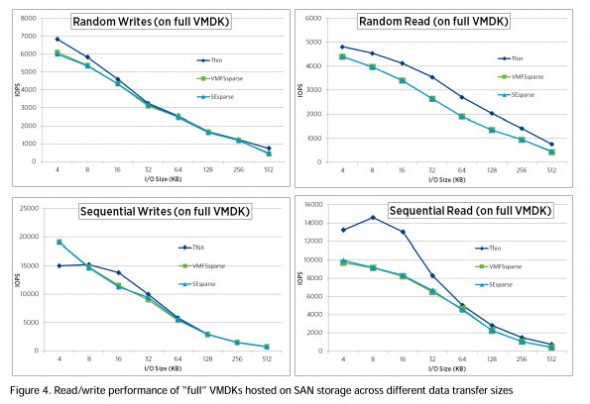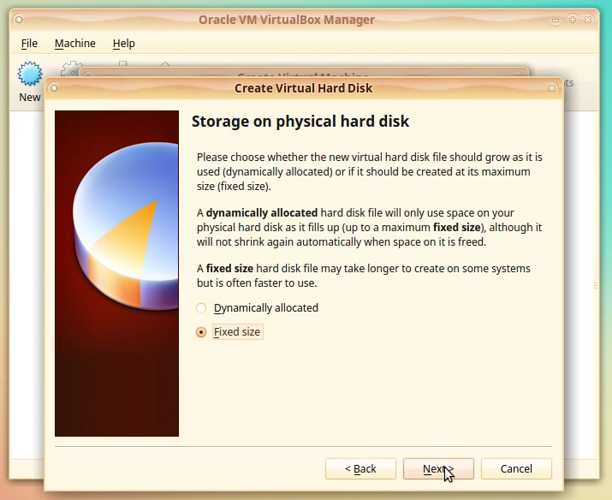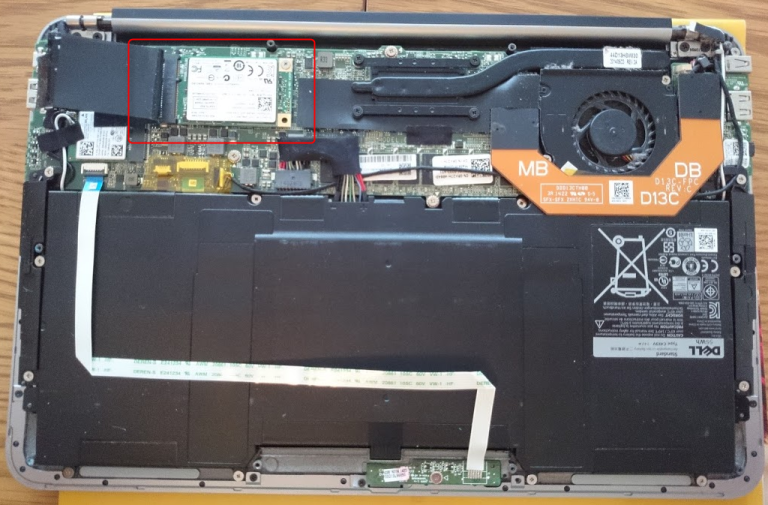

- Vm has more disk space than reported by netapp how to#
- Vm has more disk space than reported by netapp windows#
(for details see ) Due to this post processing, Windows will - at least temporarily - require more disk space to save data prior to optimizing disk usage, which causes the thin provisioned virtual disk to grow. In addition to this optimization task, there are other tasks (Scrubbing and GarbageCollection) which only run weekly. Windows - as most other dedup solutions - doesn't perform inline deduplication, but writes all new data un-deduplicated to the disk, and runs a schedule to optimize the disk usage hourly. increase the size of the thin virtual disk. Each time the guest OS writes to a previously unused block on its partition, ESXi will allocate the disk space, i.e. Using sec=sys.The disk space required for the thin provisioned virtual disk depends on the demands of the guest OS. How does NFSv4.1 handle user identifiers?Ĭloud Volumes Service enables numerical user identifiers (UIDs) for NFSv4.1 This section provides answers to FAQs about the NFS elements of the Cloud
Vm has more disk space than reported by netapp how to#
Authentication alone is not sufficientįor more information about how to set up a service account, obtain permissions,Īnd call the Cloud Volumes Service API, see

You can disable or delete service accounts to revoke theĪbility to make calls to the Cloud Volumes Service API. For details, see Manage API authentication. Authentication: The caller of the API is required to supply valid JSON web.There are two layers of security to access the Cloud Volumes Service API: How is access to the Cloud Volumes Service API secured? You canĪssign these roles to users and groups per project to control administration Netappcloudvolumes.admin and netappcloudvolumes.viewer. The permissions are integrated into two predefined roles: These granular permissions are fully integrated into the IAMįramework. Cloud Volumes Service provides granular permissions for all objects in theĬloud Volumes Service API such as volumes, snapshots, and Active Directory. Are there IAM controls to specify who can administer Cloud Volumes Service?

You can configure it to handle granular access with NTFS ACLs. TheĪD server handles authentication and authorization to the SMB cloud volume, and YouĬan set up to five export policies per volume to control which instances (by IPĪddresses) have access and what kind of access (read only, read/write) theyįor SMB volumes, a user-supplied Active Directory (AD) server is required. How is access to the data in a cloud volume restricted to specific Compute Engine instances or users?įor NFS volumes, access to mount volumes is controlled by export policies. You can enable NFSv4.1 Kerberos encryption on a volume of the CVS-Performance You can enable SMB encryption on a volume. Is the data encrypted in transit between a cloud volume and a Compute Engine instance?ĭata traverses over standard Google VPC constructs between a cloud volume and aĬompute Engine instance that inherit any in-transit encryption features TR-4918: Security overview - NetApp Cloud Volumes Service in Google Cloud. This section provides answers to frequently asked questions about the securityĪnd architecture elements of the Cloud Volumes Service forįor details, including information about how data is encrypted, see the NetApp This document answers frequently asked questions (FAQs) about NetApp Cloud

Save money with our transparent approach to pricing Managed Service for Microsoft Active Directory Rapid Assessment & Migration Program (RAMP) Hybrid and Multi-cloud Application PlatformĬOVID-19 Solutions for the Healthcare Industry


 0 kommentar(er)
0 kommentar(er)
